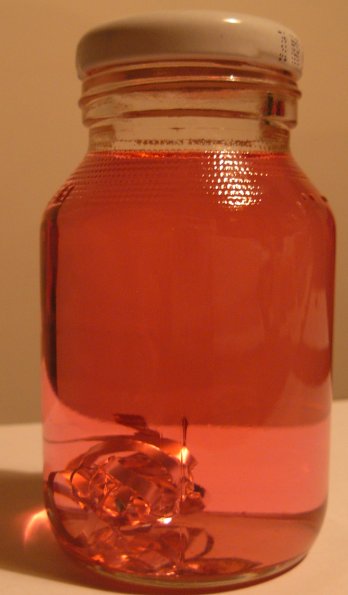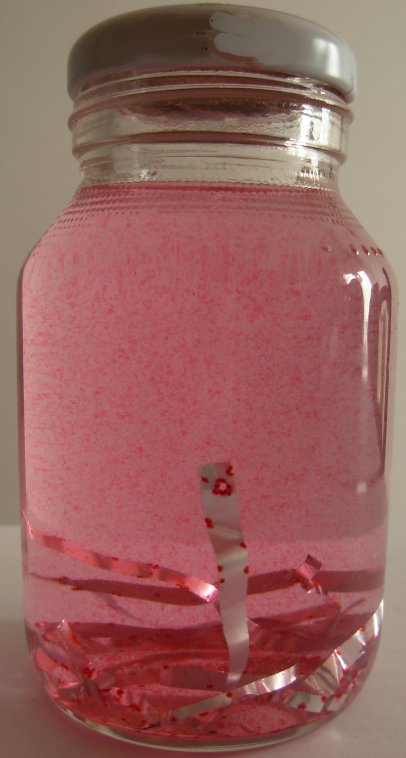
| Quote: |
| Quote: |
| Quote: |
 to
keep in mind while disinfecting wounds in hydrogen peroxyde shortage
to
keep in mind while disinfecting wounds in hydrogen peroxyde shortage 
| Quote: |
 ...we're talking about a specific method used in alcohol
purification, the one which uses aluminum turnings to precipitate dyes out of solution.
...we're talking about a specific method used in alcohol
purification, the one which uses aluminum turnings to precipitate dyes out of solution.| Quote: |
| Quote: |

| Quote: |
| Quote: |
| Quote: |







| Quote: |

| Quote: |

| Quote: |
| Quote: |

| Quote: |
| Quote: |
| Quote: |